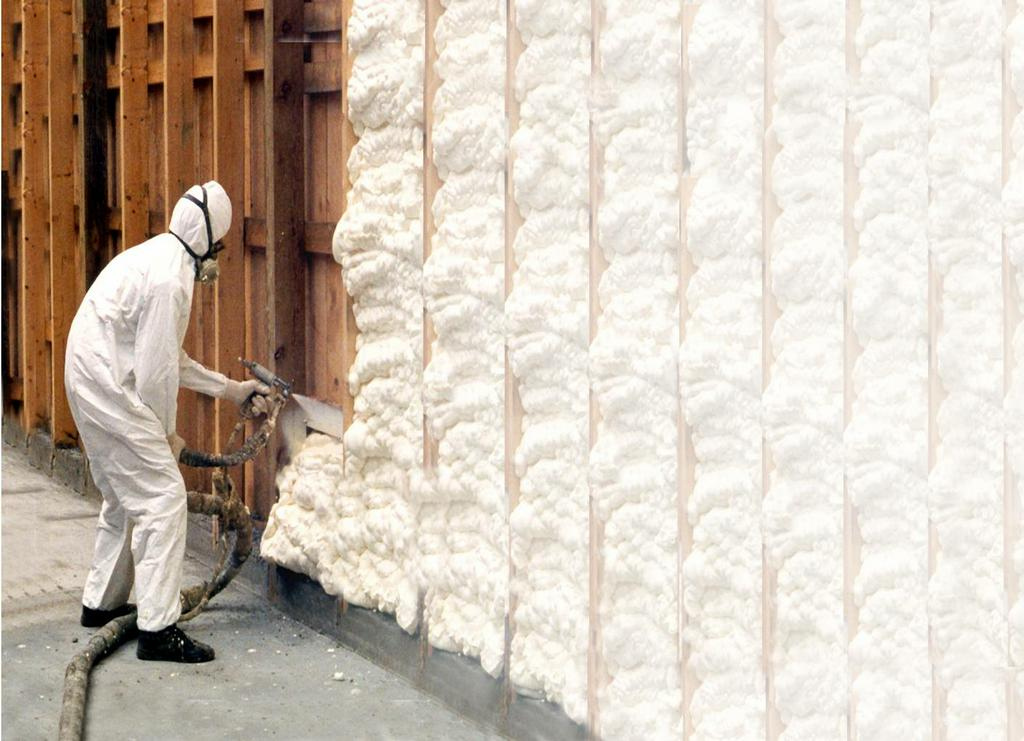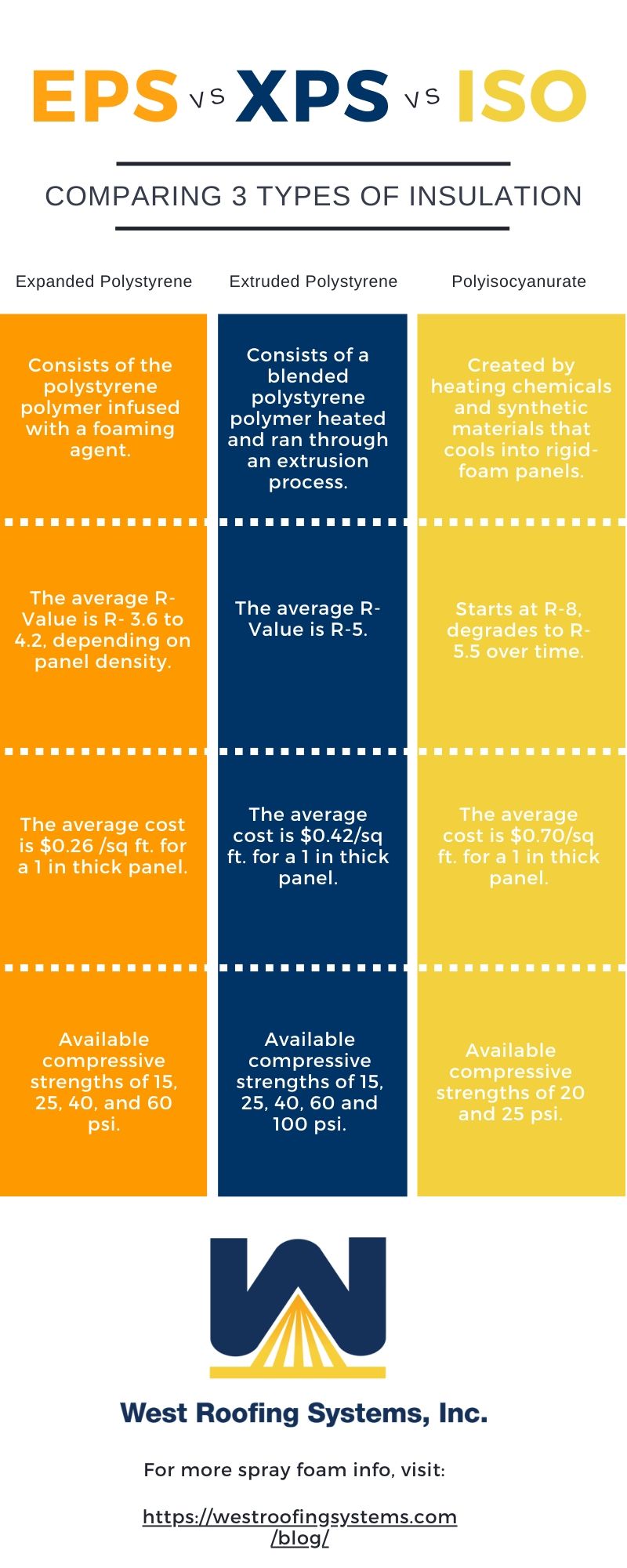Examples include 1 polyisocyanurate roof insulation and spray polyurethane foam roofing systems directly applied to steel roof decks 2 some.
Polyurethane vs polyisocyanurate spray foam insulation.
It s because they are some of the most efficient thermal insulating products for buildings.
In new construction often this product is sprayed between joists or studs allowed to expand and cure and then.
Aging effects comments.
R values of icynene foam insulation polyurethane foam insulation.
Additional considerations with polyisocyanurate.
Instead minimum physical properties should be listed as performance specifications for the foam core of imps.
Thanks to thanks to andrew cole for correcting our data on this product.
Rigid polyurethane foams are used to prevent energy loss and minimise co2 emissions applications that require thermic insulation.
Polyisocyanurate s typical r value for the same 1 of material is approximately 6 0.
Insulation or other building material 9.
Buildings why are plastic based products such as rigid polyurethane foam pur spray polyurethane foam and polyisocyanurate foam insulation pir or polyiso at the center of the discussion.
Polyurethane foam including foam rubber is sometimes made using small amounts of blowing agents to give less dense foam better cushioning energy absorption or thermal insulation.
Some polyurethane and polyisocyanurate foam insulations and systems have earned various building code acceptances for use without a thermal barrier as a result of this large scale fire testing.
Polyisocyanurate polyurethane foam insulation r values.
Polyurethane spray closed cell foam insulation.
Assessing thermal performance despite claims that certain types of insulation perform better than others an ongoing study by building science corp.
The spray formula of icynene foam insulation has an r value of r 3 6 per inch.
It is the processing that ensures consistency in the foam core and adhesion to the steel facings and that will result in a premium composite product.
Make the assumption that polyurethane or polyisocyanurate foam is superior.
In comparison a typical 1.
Polyisocyanurate foam insulation panels come with a layer of foil on each side to keep the gases in so there is the potential to solve a bit of a growing problem in wall assembly durability.
At a quick glance polyisocyanurate or rigid polyiso foam known as pir appears to be the next generation development of the classic polyurethane rigid foam or pur in short.
Foil is a vapour barrier and a very good one at that it fact it stops even more moisture than the normal.
They work to reduce heating and cooling loss.
In the early 1990s because of their impact on ozone depletion the montreal protocol restricted the use of many chlorine containing blowing agents such as trichlorofluoromethane cfc 11.
When laminated into a 1 thick panel with standard 1 8 substrates and aluminum skins the polystyrene panel yields a total r value of approximately 4 7 while the polyisocyanurate panel will achieve an r value of 6 4.










